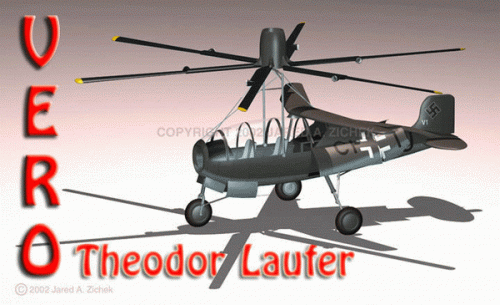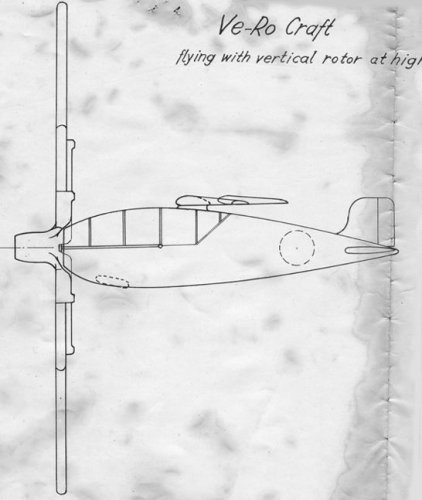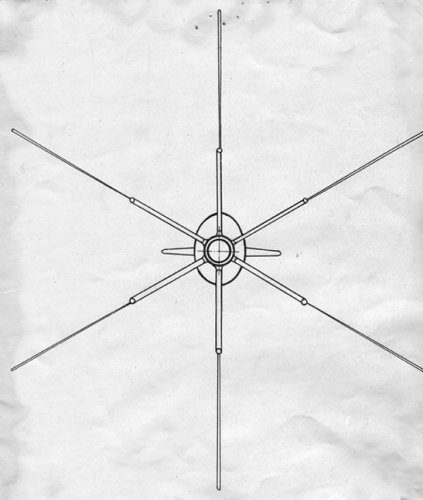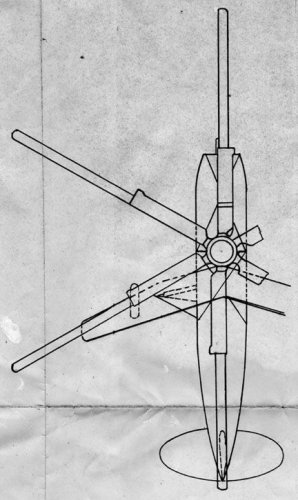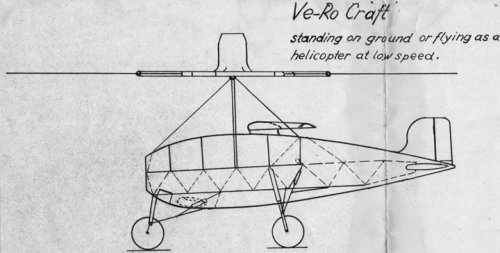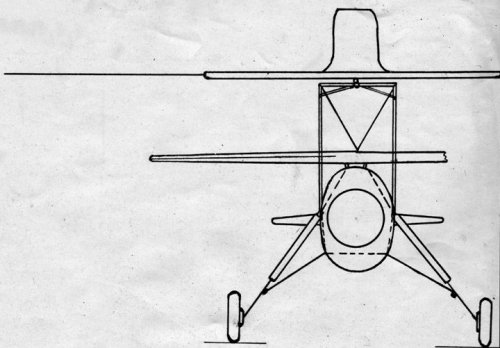- Joined
- 11 March 2006
- Messages
- 8,627
- Reaction score
- 3,822
Of the tilt rotor aircraft designed by Theodor Laufer, I found an illustration made
by someone, whose name was heard here before .
About the "Glühscheiben" I remain extremely sceptical, and the Trenn flying platform
surely remained a patent file, at least the registration cannot be found in an reliable
index.
by someone, whose name was heard here before .
About the "Glühscheiben" I remain extremely sceptical, and the Trenn flying platform
surely remained a patent file, at least the registration cannot be found in an reliable
index.

